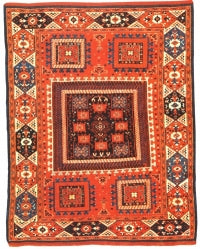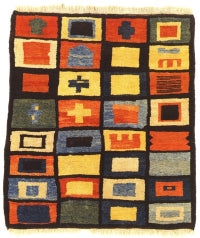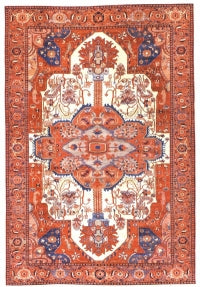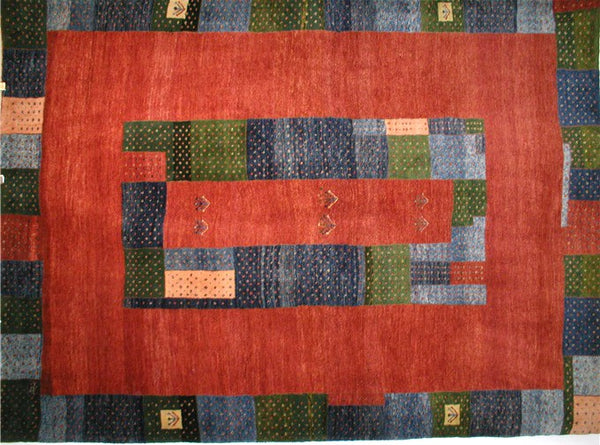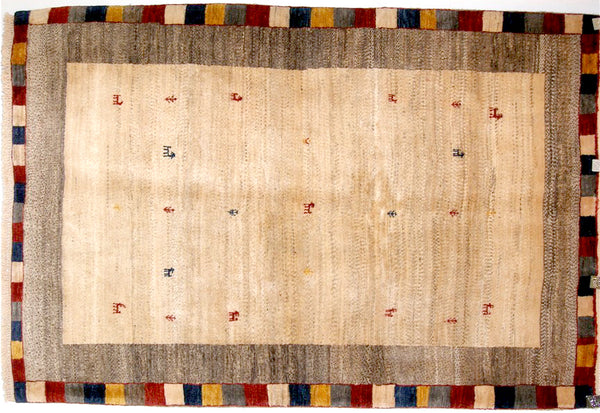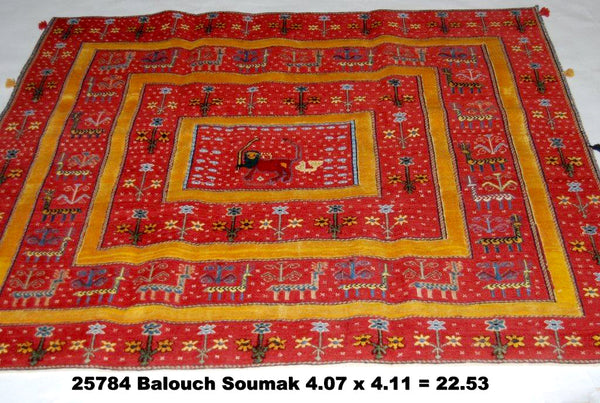The Tibet Rug Company

The Tibet Rug Company holds a special place in our hearts for several reasons. We love their rugs, which are contemporary while being light-hearted and earthy at the same time. While the quality of the rugs is very high, their designs work well in so many of our more casual homes.

In addition to his Tibetan rug project, the owner of Tibet Rug Company, Jim Webber, was instrumental in the founding of a non-profit organization whose principal purpose is to build teaching hospitals for reconstructive surgery in Nepal. Caring donors have given more than $400,000 to the Cleft and Burn Center. The mission statement of the organization is as follows: "To deliver quality, deformity-correcting reconstructive surgery to the poorest of the poor of Nepal through a permanent, sustainable healthcare infrastructure." Learn more about the Nepal Cleft and Burn Center -- donations welcome!


After the wool is dyed, the rugs are "knotted" by hand on cotton warps, using looms and techniques that haven't changed since the weaving of Tibetan rugs began several centuries ago. A 4- x 6-foot rug requires approximately 250 hours to complete. The hand knotting process and the superb quality of the wool produce a rug that will last for generations, under normal wear and circumstances.


